Worcester's iconic three-deckers endure, enchant across centuries
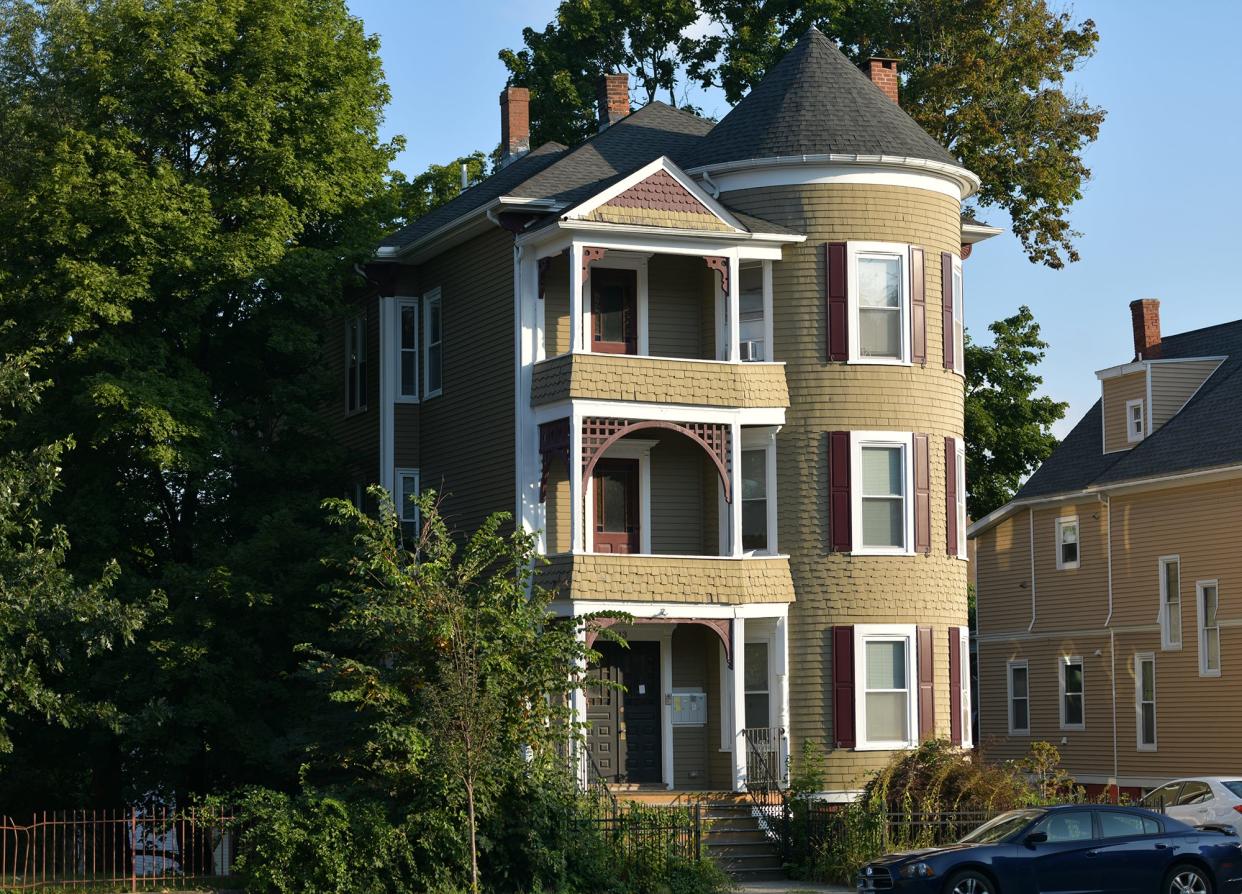
WORCESTER — When Finn Wertz looked for an apartment in late 2020, he was looking for something that was practical for the life of a student.
He wanted something cheap and close to Clark University, where the 21-year-old studied geography.
After some research, he turned his future roommates’ attention toward the first-floor apartment at 913 Main St., only a three-minute walk from school, where rent would be split four ways, at $475 each.
But what was most attractive to Wertz was the character of the building — an 1888 three-decker that also had a name.
The Frank Reed Three-Decker.
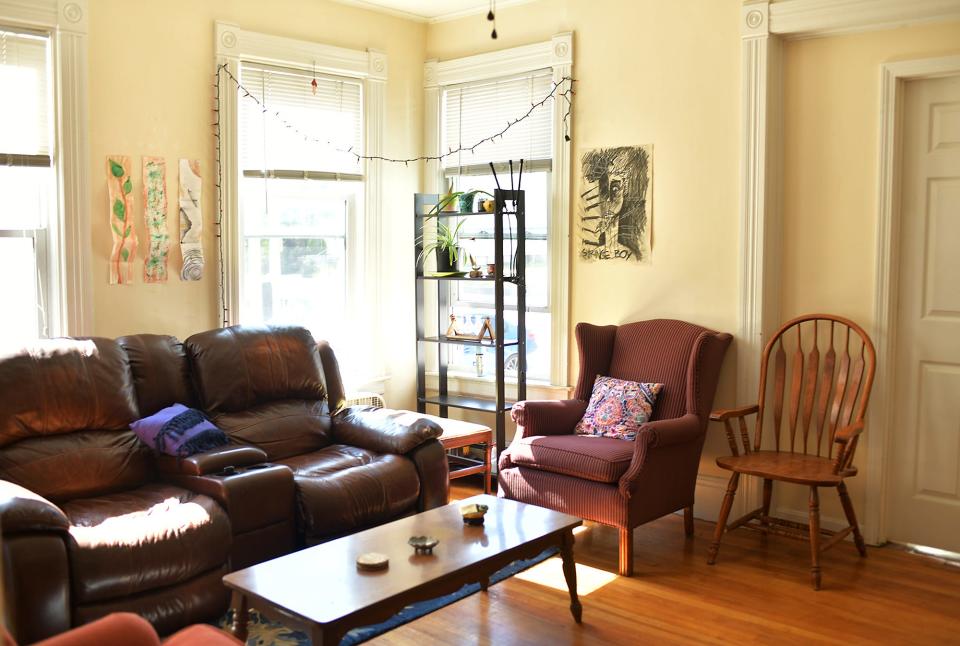
“The most striking thing was the outside facing of it, what I assume to be Victorian (style), with the framing on the roof peaks, and the details that give the building a little bit more elegance,” Wertz said. “I was kind of amazed that we found such a beautiful house for so cheap. I'm from Pennsylvania; we don't really have quite the same architecture.”
From the time the first one was built in 1858, the three-decker has been Worcester’s sweetheart for the housing it provides, and the uniqueness of the architecture.
Whether the first one was found on John Street or Endicott Street, historians agree that the goal was to make housing for factory worker immigrants of Swedish, French Canadian, English Canadian, Irish, Polish and Lithuanian origin who flocked to the city by the tens of thousands from 1890 to 1910.
They were built with two and three bedrooms and were spacious enough, so they would not only be practical but would also have the style and feeling of a home with eight-foot ceilings, separate living and dining room spaces with a total living space that ranged from 800 to 1,500 square feet per unit.
Name taken from battleships
Named after 18th century battleships for their similarity to three-level vessels, more than 13,000 three-deckers were built mostly in the Vernon Hill and Grafton Hill neighborhoods.
Accounts differ, but the last one is thought to have been built no later than 1936.
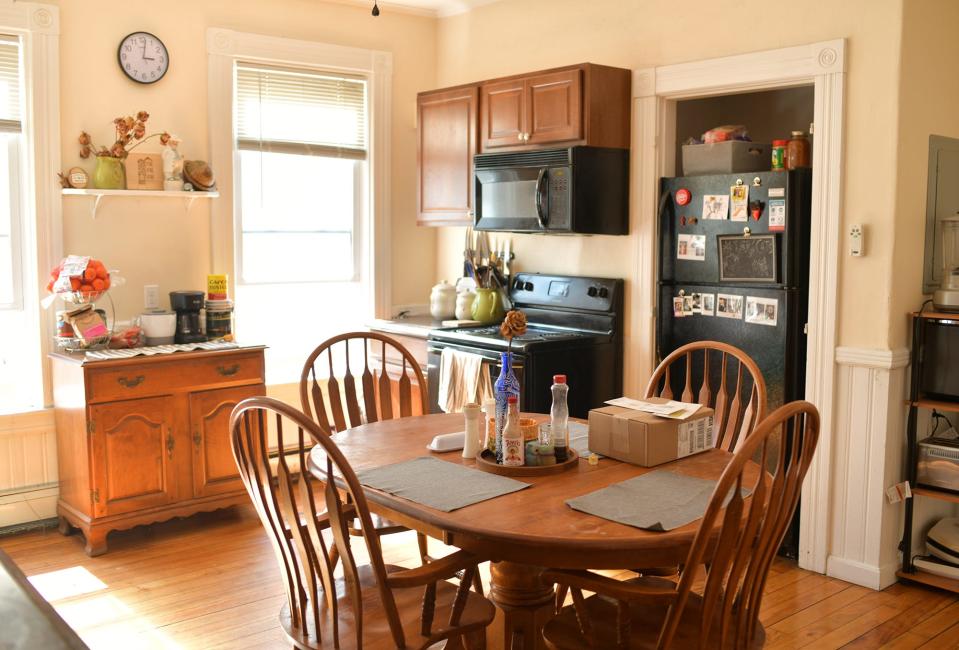
To buy one in 1914 it cost $3,000, which was considered a renting venture that “a working man with a family could own,” as the Telegram reported on March 15, 1957. In today's dollars, the cost would be about $88,883.
To make a three-decker, it cost $900 for the carpentry, $500 for complete plumbing for three baths and three soapstone kitchen sinks, and $300 for three coats of exterior and interior painting.
The doors cost $2.83 each.
“It was a building that provided ample, comfortable, economical rental housing,” wrote the editorial. “It was an arrangement that made practical use of city-street frontage and expensive sewerage and water installations.”
In the 1980s, Clark University researchers narrowed down the architectural styles to seven — Italianate, Mansard, Early Queen Anne, Late Queen Anne, Early Classical Revival, Gambrel and Late Classical Revival.
Depending on style, detailing included low-pitched fish-scale roofs, turrets, protruding “jogs” with bay windows, porches, dark woodwork, ornamental stained-glass windows and the unique sliding wooden laundry window in the rear.
'A menace to life, ugly'
But to call them beautiful was not the original idea.
In 1912, the Worcester Board of Trade, an earlier version of the Chamber of Commerce, called three-deckers “a scourge,” “a nuisance,” “a menace to life” and “unattractive.”
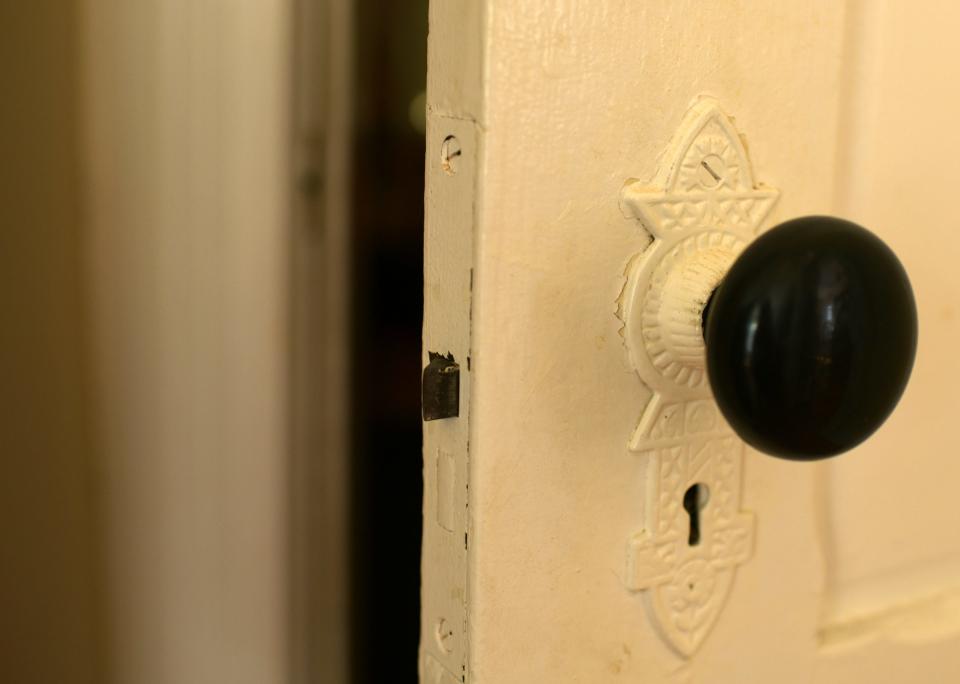
The word “ugly” was also thrown around in late 1960s Telegram editorials, where a story from Sept. 24, 1967, in which an owner would attempt to renovate his three-decker was led with the surprised “A beautiful three-decker?”
Major deterioration of the buildings occurred during World War II, “when we had a shortage of building materials and laborers,” as Micheal F. Fleming, the chief sanitarian (city inspector) was quoted in a Telegram story from Mar. 21, 1971.
“Owners often took everything out of these buildings and put nothing back,” said Fleming. “Then they chopped them up. Three-family buildings became six-family. Permits were not taken out. Now we’re finding violations 10 to 20 years old.”
In many cases, deterioration crossed safety lines, with an inspection in 1968 on 8 Edgeworth St. (which doesn’t exist anymore) finding rotted support columns on porches, rotted rear entrance, a cracked wall, no rear entrance handrails, bulging and cracked ceilings, an unsanitary sink, cracked plaster and illegal wiring.
Add to that the proximity to one another, and the buildings become a major fire hazard.
A May 22, 1964, fire on Bellflower Street in South Boston — which burned 35 homes, 29 of them three-story dwellings — alarmed Worcester for the fire risks that three-deckers could pose.
A story from a few days after the fire reported that it had started on one side of Bellflower Street, but then the wind had blown flames across the street to buildings on the other side, which were then carried to parallel streets one block on either side.
Structure poses fire risk
Worcester Fire Deputy Chief Adam Roche said that three-deckers are a fire risk because of their structure and the materials that they are made of.
“A three-decker's structure is surrounded by void spaces in what’s called ‘balloon frame construction,’ ” Roche said. “The hazard is that if the fire gets into walls, it can spread throughout the structure which is made of natural fibers, of lumber.”
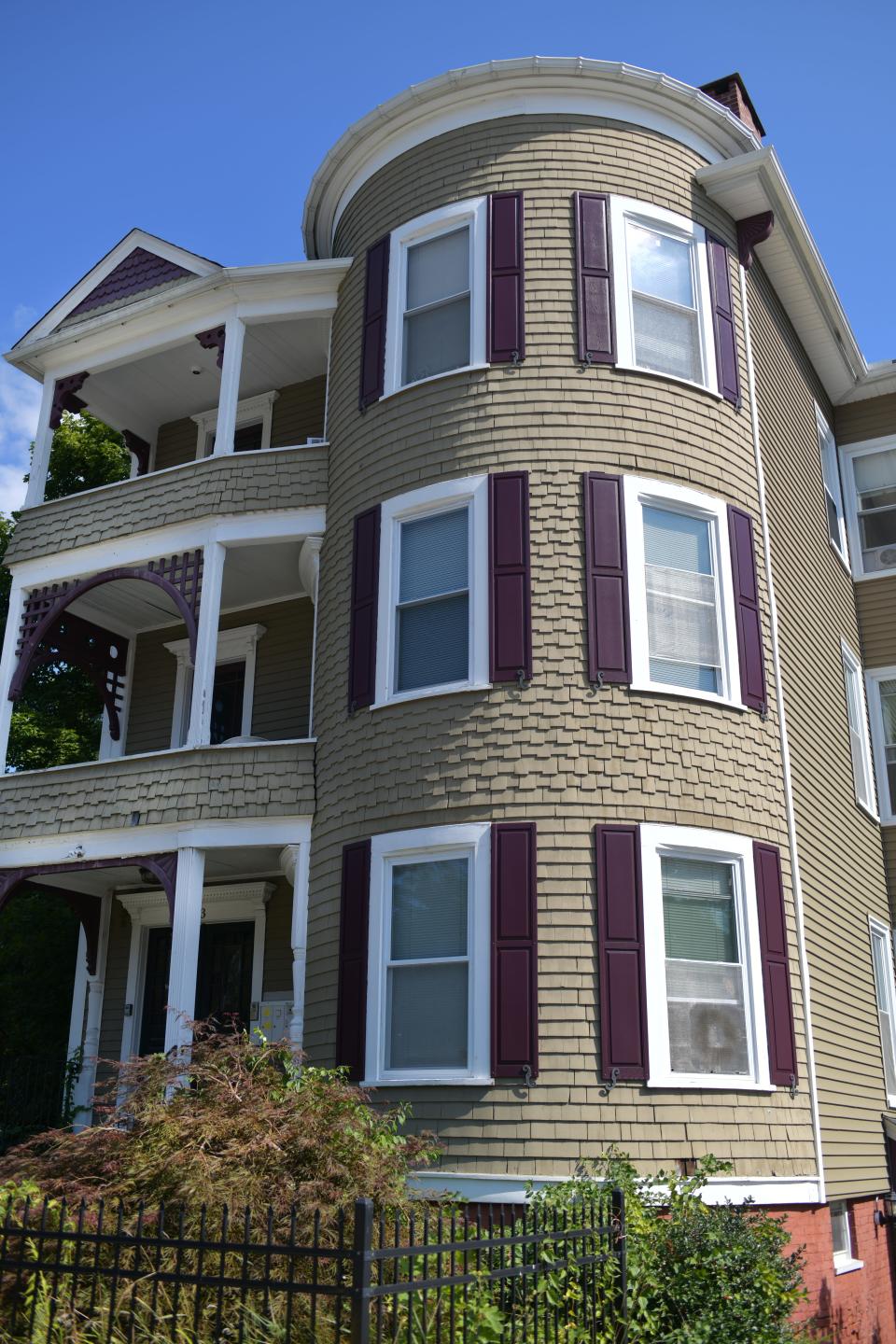
Despite the flammability, Roche stressed the importance of human behavior in preventing fires in older buildings such as careless discarding of smoking materials, updating of electrical systems and kitchens.
Still, three-deckers make for an ideal renting solution in Worcester.
This was clear in the 1970s when renovation plans resurfaced, and the idea of selling the apartments in the style of condominiums — at an average price of $7,000 at the time — was becoming not so strange of an option.
In the 1980s, the word “beautiful” started to resurface, with a Sept. 22, 1985, editorial piece headlining with “Those Fabulous 3-Deckers."
The story pointed out how interest for them increased as a viable option for renting, which propelled the prices to $95,000 “for one in good shape in a bad area,” as Janet McCorison, executive director of the Worcester Heritage Preservation Society, put it.
This contrasted with just five years before, when “one in good shape in a good area” would sell for $45,000.
“Three-deckers are all right,” wrote another reporter on April 3, 1985. “You can keep your ultra-expensive condominiums. You can keep your absurd apartment complexes with walls like rice paper and names like Woodsong and Meadowville. You can keep your split-level ranches and cute little capes and cottages. I like three-deckers.”
That mentality continues to today, with three-deckers continuing to be a great option for renting, especially in the current housing market.
Prices zoom to $500,000-plus
Being desirable, the price for a three-decker has skyrocketed to $400,000, and even $500,000 and higher for ones with three-bedroom units, according to real estate agent John Pouliot of Worcester-based Pouliot Team.
Pouliot, who has listed a three-decker on Houghton Street that was built in 1900, said that it is an affordable venture for a landlord even with the expenses that include cosmetic and plumbing updating.
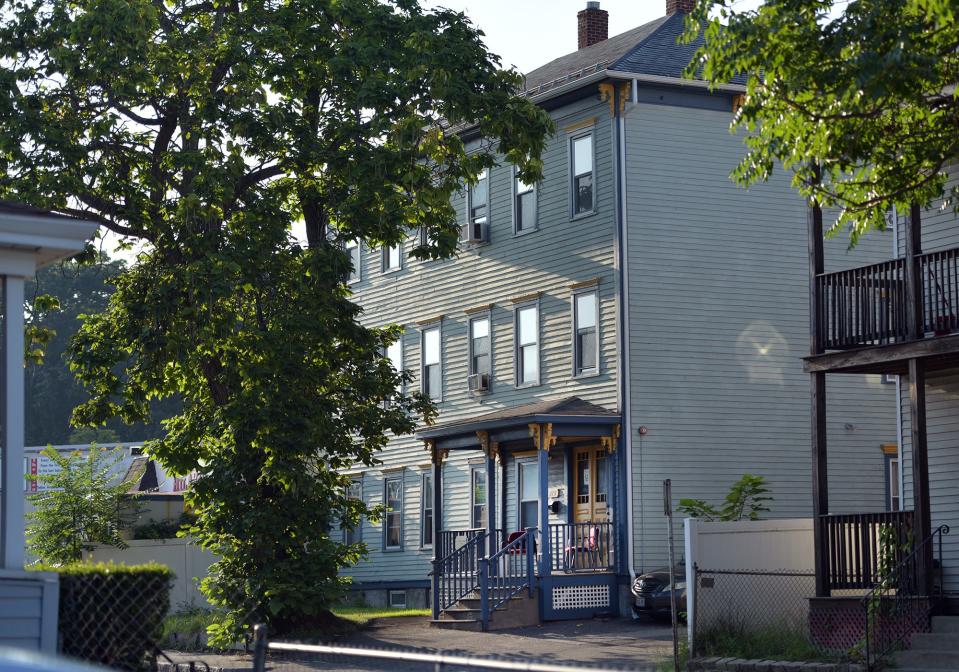
Central air installations are often seen replacing oil furnaces as well.
“What you're going to pay for is going to be what the rents are generally,” Pouliot said, “but the rents are very healthy in Worcester. That's why so many can afford these prices.”
In Worcester, rent hovered in July between $1,250 and $1,800 for two-bedroom apartments, and toward $1,800 and $2,500 for three-bedroom apartments, many of which are three-decker units.
Some of those three-deckers are now listed on the National Register of Historic Places.
In 1981, Douglas L. Johnson, director of the Worcester Heritage Preservation Society and an associate professor of geography at Clark University, had argued that out of the 4,239 remaining three-deckers at the time, 70 to 80 were well-preserved and worthy of consideration for the register.
As of the Aug. 26, 2022, update, the National Register of Historic Places has listed 75 three-deckers in Worcester, each named after their first owners.
“While they may look like so many soldiers all wearing the same uniforms,” wrote a Telegram reporter on Oct. 24, 1982, “if you check closely you will notice they are very different.”
This article originally appeared on Telegram & Gazette: Three-deckers Worcester history

